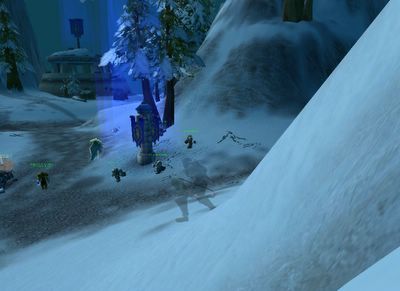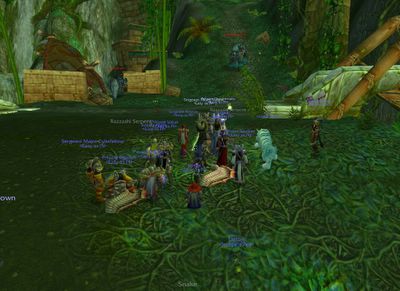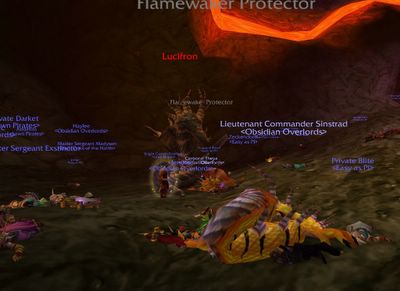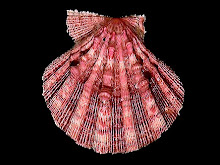A quote from National Geographic.com, Destination Scorecard:
27. Everglades National Park/Big Cypress National Preserve
FLORIDA (Score: 34)
"Clearly a paradise in jeopardy," the Everglades is dying of thirst and other maladies. Upstream demand for water by the sugar industry and growing cities has slowed a much-heralded restoration program to a crawl. Promised federal funding has not been forthcoming. The national park is not over-visited, but off-road vehicles have scarred Big Cypress. "A culture of big swamp buggies, high-speed watercraft, and airboats does little to preserve the more fragile areas." Birding is still good, if only a shadow of what it used to be. "Rapid development on all sides has created an unpleasant, unattractive gateway to one of the planet's unique places."
››Why Canada?Of these 55 parks, only ten are Canadian, but eight of them score above average. Sixty percent make it into the top quarter of the scoring range, versus a paltry 22 percent for the U.S. What's going on? Obviously it helps to be northern. Parks with short seasons suffer less tourist trampling. All four surveyed Alaska parks did well, too. But there's more to it. By law, Parks Canada must first protect the environment, whereas Congress demands the U.S. National Park Service protect nature while also promoting outdoor recreation, dual mandates that can conflict when too many park-lovers show up.
Last, says one U.S. panelist, "Canadians in general take their government's role in preserving parks more seriously." In short, they'll spend some money. "U.S. parks are now forced to be more self-sufficient," agrees a U.S. recreation ecologist, "whereas Canada has maintained better funding." Apparently, you get what you pay for.
››About the Survey
Evaluating an entire destination—both park and gateway—requires weighing such subtle issues as aesthetics and cultural integrity, as well as balancing good points against bad. Since simple numerical measures cannot do justice to the task, we turned to informed human judgment: a panel of some 300 well- traveled experts in a variety of fields—ecology, sustainable tourism, geography, park management and planning, travel writing and photography, historic preservation, indigenous cultures, archaeology.
We asked panelists to evaluate just the places with which they were familiar, using six criteria weighted according to importance: environmental and ecological quality; social and cultural integrity; condition of any historic buildings and archaeological sites; aesthetic appeal; quality of tourism management; and the outlook for the future.
Experts first aired all points of view by filing comments about each park and gateway (anonymously, to ensure objectivity). In a version of a research tool called the Delphi technique, panelists then reviewed the comments and filed their stewardship scores.
The resulting Stewardship Index score, then, is an average of informed judgments about each place as a whole, taking into account its many faces. Like the cards that Olympic judges hold up, our experts' scores incorporate both measurable accomplishment and the intangibles of style, aesthetics, and culture. And like an athlete, each destination has a chance to improve.
To help, Traveler, the Center for Sustainable Destinations, and the Conservation Fund have assembled an online "Community Toolkit" of resources. If you live in a gateway town or visit one often, visit our Sustainable Destinations Resource Center..
*Simon Williams, Cassandra Cartwright, and many others helped with this study.
Get an illustrated version of this article.
Download PDF now.
(PDF files require the free Adobe Reader.) "






















